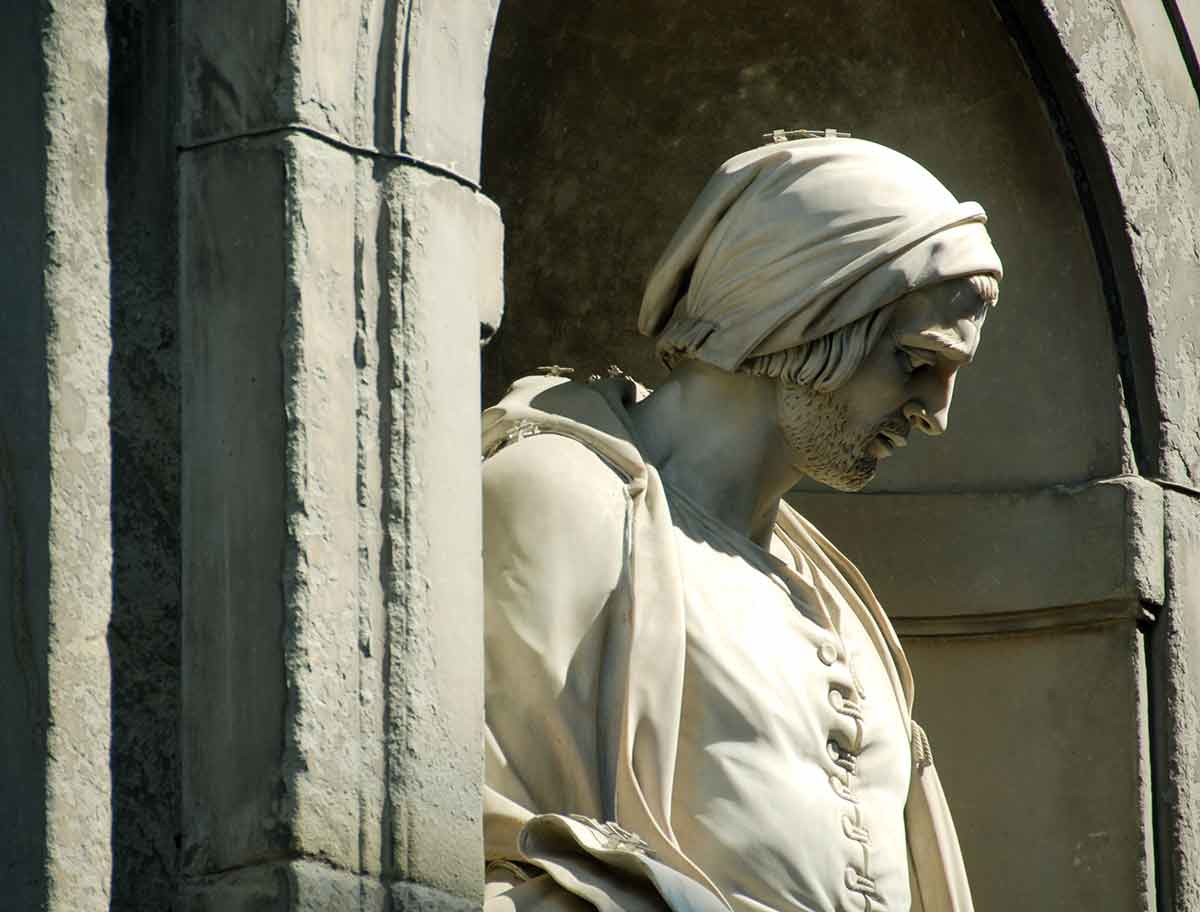
Pisa is a city in Tuscany, in the Central parts of Italy. Being the capital city of Pisa province, the city is known worldwide courtesy of its bell tower (leaning tower). However, apart from the leaning tower there are many other historic places and tourist site scattered over the town. It is believed that the city was founded on the shore, which eventually moved to the west due to alluvial sediments from rivers Serchio and Arno.
People who intend to visit Pisa with their mind made up about the Tower being the only thing to visit will be surprised to see the rest of the artistic and architectural marvels of this stunning city.
While on a two-day trip to Pisa, you are sure to visit several sites and experience a lot of exciting events.
How to arrive
The Pisa Galileo Galilei Airport is the most suitable destination for you if you want to visit the city from other countries. The airport is connected to numerous airports globally with various airlines gracing the city every day. At the airport information desk, you may purchase train and bus tickets to go to the city centre.
Travelling by train is the fastest means and there are two trains leaving the station each hour. The tickets will cost you merely 1.40 Euros and the ride to the centre takes about 5 minutes. Pisa Centrale is the major train station of the city. Trains travelling from Rome to Genoa stop at Pisa central, making it a perfect means of transport to get to the city. The Pisa Centrale offers luggage services that cost about 3 Euros for 12 hours. If you do not have much luggage, it is advisable to down to the Pisa S. Rossore station. This train is much closer to the Leaning Tower and will save on transportation cost. There are also regional trains from Florence to Pisa leaving the station at one hour interval, every 46th minute of the hour.
The bus terminal is straight in front of the airport, to your right when headed out of the terminal building. The Red Line buses have regular service each quarter an hour and takes about the same time to get to the city. They run to the central station and the Piazza dei Miracoli. Fare for one person is a euro, but if you purchase the ticket from the driver you will have to pay double. Each ticket is valid for 30 minutes, so you should probably buy several or your wallet should be at your fingertips.
A taxi is definitely a more convenient way of travel to the city centre but will cost you about 12 Euros.
Once in the city, its major sites are within walking distance and easy to locate.
The city is divided into four historical quarters.
The Field of Miracles or Piazza dei Miracoli is located to the north of Central Pisa. It is a recognised UNESCO world Heritage Site, containing Pisa’s most famous sites. The leaning tower, known as Torre Pendente is one of the sites found on this side of the city. The Cathedral of Pisa (Duomo di Pisa) and the Baptistry are other points you will find in the Piazza dei Miracoli. The monumental Cemetery, the Museo dell' Opera del Duomo and the Museo delle Sinopie at the same point are magnificent sites that you cannot afford to skip in the Piazza dei Miracoli.
Piazza dei Cavalieri is the second part of Pisa city that you will want to pay a visit. It is a little town square with numerous historical buildings which hosted the political powers of Pisa in the Renaissance and the middle ages. The places to have a glance at here include Palazzo dell’Orologio (the Clock Palace), Chiesa di Santo Stefano, the Rectory, the Church of San Rocco and Palazzo dei Dodici.
Another side of Pisa that you will want to visit is the Piazza San Matteo (Museo di San Matteo). It is an incredible history art museum that hosts nearly all of the original works of art from the churches around and in Pisa. Even though it is somewhat small, it is among the largest museums for Tuscan Renaissance art. The arts are housed in the rooms of the Monastery of san Matteo.
The other important part of the city that calls for your visit is the Lungarno Pacinotti and Lungarno Mediceo, found on the north of River Arno. The riverside streets reflect a distinctive character of the city, more so at night with their lamplights reflecting on the river. The University of Pisa is another place you will not want to ignore when you are touring the city. In a city of about 100,000 residents, the university has a student population of 60,000. It is therefore not surprising to hear someone say that the university makes the city.
If you are tired or you just want to enjoy a peaceful, refreshing environment, you will need to head to the Casciana Terme or San Giuliano Terme spas. The magnestic sulfate water that is rich in crucial natural curative elements used in modern rehabilitation therapies, respiratory and cardiovascular treatment.
The central shopping region is around the Corso Italia, located between the central bridge (Ponte di Mezzo) and the railway station. There are also a number of specialised shops sprinkled around the city, where you may buy exciting merchandise and souvenirs.
In case you need something to munch, head to the central area, about 8 minutes walk from Piazza dei Maracoli. Affordable restaurants and cafeterias can be found here, offering excellent food at cheap prices. Via San Martino, which is situated to the south of the river also offers points with great quality food at low prices. During the summers, everybody stays close to the rivers at night, sipping drinks bought from different bars in the area. A handful of good wine bars also operate during the colder nights of winter.